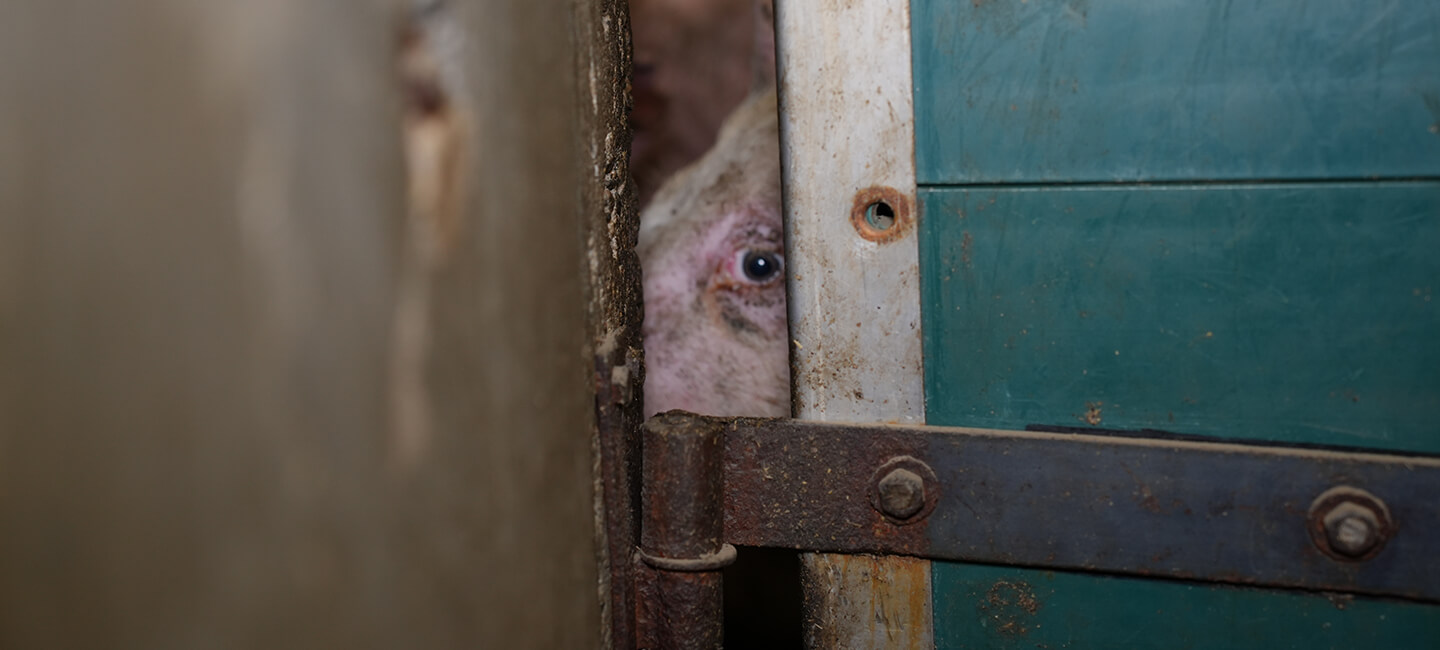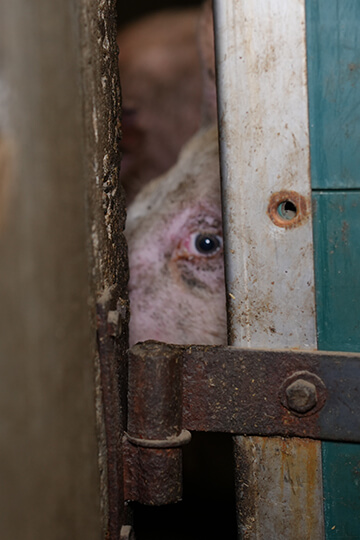

The hidden side of scientific training: thousands of animals killed each year
Since 2020, the use of animals of all species in training has been steadily increasing. Professionals and students take part in these learning sessions in order to acquire or improve existing skills.
These procedures, carried out on thousands of living, sentient beings, always result in the killing of almost all of them… This, once again, despite the existence of effective alternatives. One Voice is lifting the veil on these cruel practices and demanding an end to these obsolete methods!
From mice to pigs: no species is spared
In 2022, according to the latest figures published on this subject, more than 35,000 animals were killed as part of training programmes in French universities and laboratories. Although half of them are mice, all species are affected. Numerous rodents, as well as rabbits, pigs, sheep, horses and dogs are used for training purposes.
Ever-present suffering
All of these animals undergo invasive procedures, often for no other purpose than to learn technical skills: bone mutilation, corneal wounds, dental or heart surgery, etc. The pain is sometimes so intense that it leads to neurological and behavioural disorders, such as aggression or self-mutilation.
Whether they endure several days of suffering or are killed immediately, their fate is sealed as soon as they enter these laboratories.
Systematic killing and objectification
At the end of most training days, all the animals are killed. Without compassion from their torturers, even those in the control group, who are spared the tests, do not escape this fate.
In a project entitled “Training in preclinical imaging in mice: refinement and reduction”, dozens of them are given a contrast agent that remains in their organs. Rather than waiting for it to be eliminated naturally, they are killed. Profitability takes precedence over their welfare – if that term can still be used given what they endure – and their survival. Ironically, the project claims to take an ethical approach by advocating “refinement” and “reduction”.
Considered as simple waste, when not disposed of, they are “recycled”. A project published on 8 January illustrates this perfectly: “Females will be recycled animals from within our facility to the maximum extent possible”. Behind this practice lies a cynical accounting logic: to lower the numbers without reducing the suffering. It is a sleight of hand that allows the project to “whitewash” while perpetuating the same practices.
Some projects specify that “the animal may be placed under general anaesthesia for half a day or even a whole day” to allow technical skills to be acquired. These procedures, sometimes multiple and successive on the same animal, are planned without any regard for its ability to recover. Frequently, its condition after several interventions is deemed “incompatible with waking up“. Euthanasia, often described as “the most favourable outcome“, ends its usefulness, with little regard for the suffering inflicted upon it. In this logic, all these animals become mere tools, things to be recycled or disposed of once the learning objective has been achieved.
Alternatives exist, let’s support them!
Some universities already train their students using alternative methods to animal experimentation. They use videos, stuffed mouse models and artificial skin to prepare them for various technical procedures.
Some devices, such as PharSim, aim to replace laboratory animals used in higher education by offering an electronic simulation of biological preparations while preserving the educational aspect. They allow students to handle laboratory equipment while respecting the ethical and environmental principles that should always prevail.